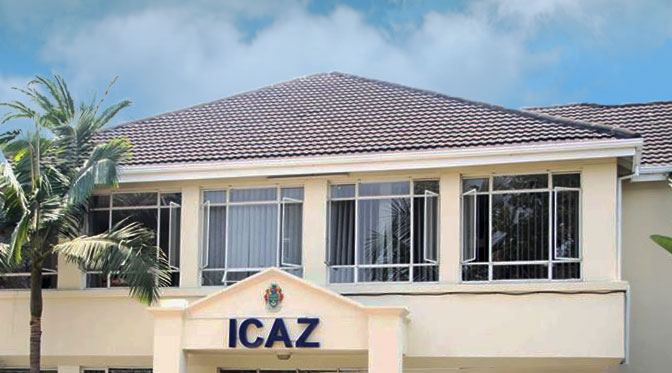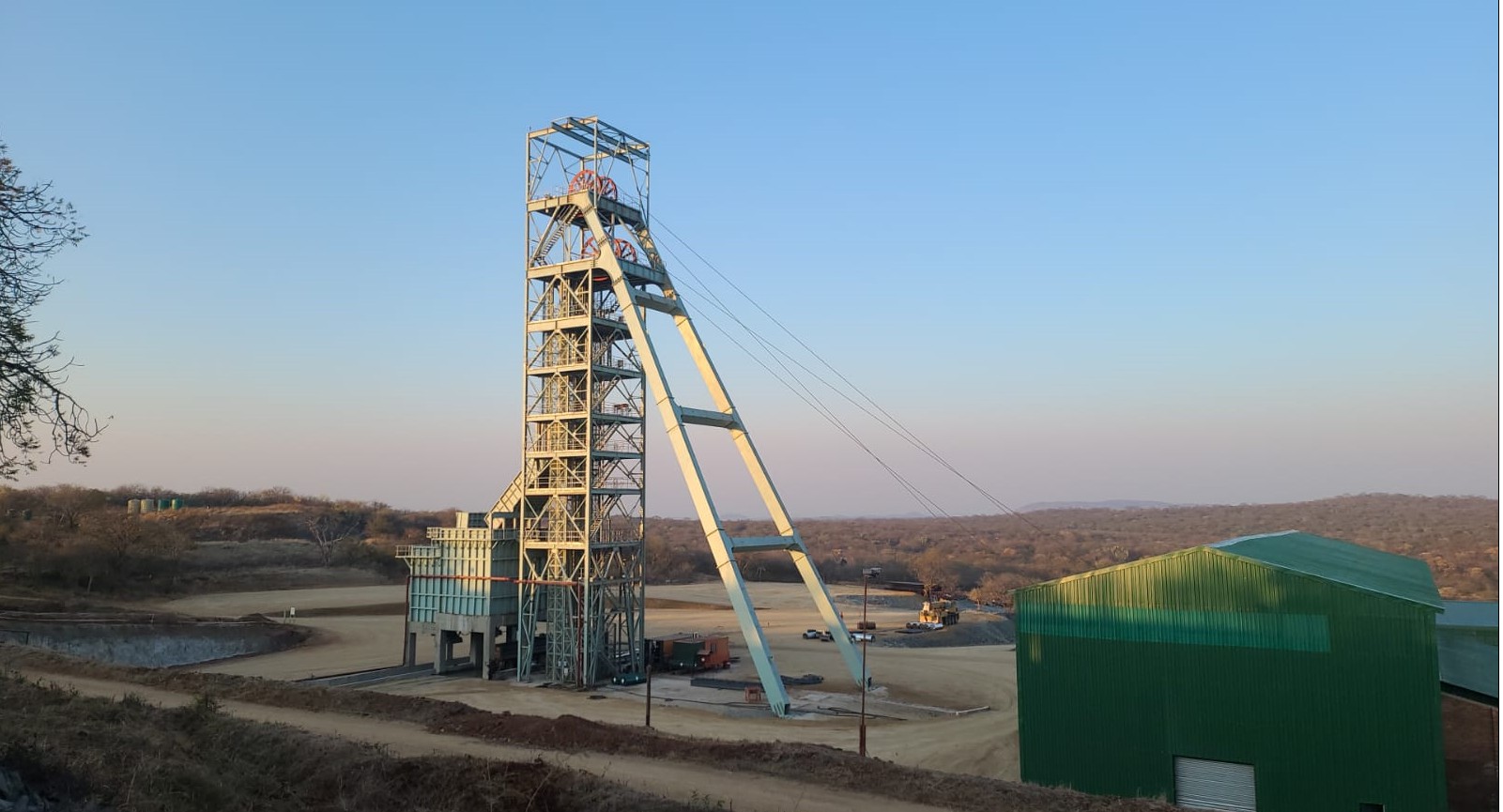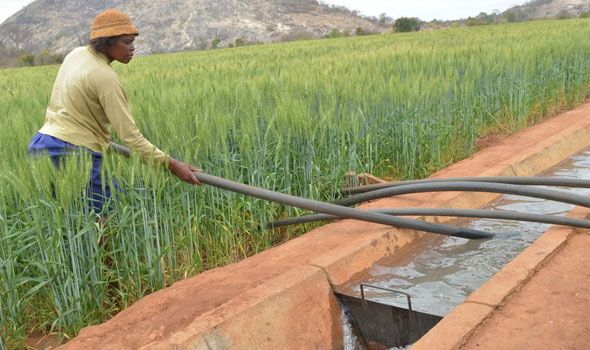Developing affordable housing should dovetail with Vision 2030
ALTHOUGH provision of affordable housing is a fundamental right for all citizens, Zimbabwe continues to experience a huge housing backlog, particularly in urban areas.
In the absence of planned interventions to cater for the growing urban population, informal settlements have in some cases developed on untitled land in and around most urban areas. These settlements lack basic services and social amenities.
The problem is further compounded by inadequacies of existing infrastructure to cater for the demands of the growing population.
Working closely with the private sector, the Government has expressed keen interest to facilitate increased housing development in the country to meet the rising demand for decent accommodation.
Under the National Development Strategy (NDS1:2021-2025), which was recently unveiled by President Mangagwa, provision of adequate housing that is secure, peaceful and dignified, is one of the key priorities.
This is in line with the provisions of the Constitution of Zimbabwe, which recognises shelter as one of the national objectives. The Supreme Law makes it an obligation for the State and all institutions and agencies to ensure access to adequate shelter.
Under the two-year Transitional Stabilisation Programme (TSP), which expires this month, housing delivery was also deemed one of the target areas under priority public infrastructure.
While the TSP had pegged the housing backlog at 1.25 million units, the Treasury has noted that only 164 195 residential stands were fully serviced across the country and 49 870 houses completed in the last two years.
Delivery of affordable and quality settlements has been largely hindered by macro-economic instability, rapid urbanisation resulting in growth of informal settlements that lack title to land and access to basic services infrastructure, says Treasury.
There has also been limited investment in on and off-site infrastructure for the provision of basic services such as roads, water and sanitation services as well as social amenities that include schools, health and recreational facilities.
This has seen some low-income earners opting for informal settlements to resolve their housing needs. The scarcity of land for housing development as well as a cumbersome land delivery process to convert virgin land to individualised freehold title, are some of the bottlenecks.
Under NDS1, the Government commits to drive all outstanding institutional accommodation projects that had stalled due to the economic challenges of the past decade.
This is also expected to stimulate similar responses from the private sector players and individuals.
“The delivery of affordable, sustainable, modern, functional housing and social amenities in urban and rural areas, thus, dovetails with Vision 2030,” reads part of the NDS1 blue-print.
Going forward the focus must now be put towards prioritising provision of housing stands and the requisite social amenities to address the housing backlog.
Investments into these would also boost economic activity along the construction value chain.-chronic.e.clz.w










